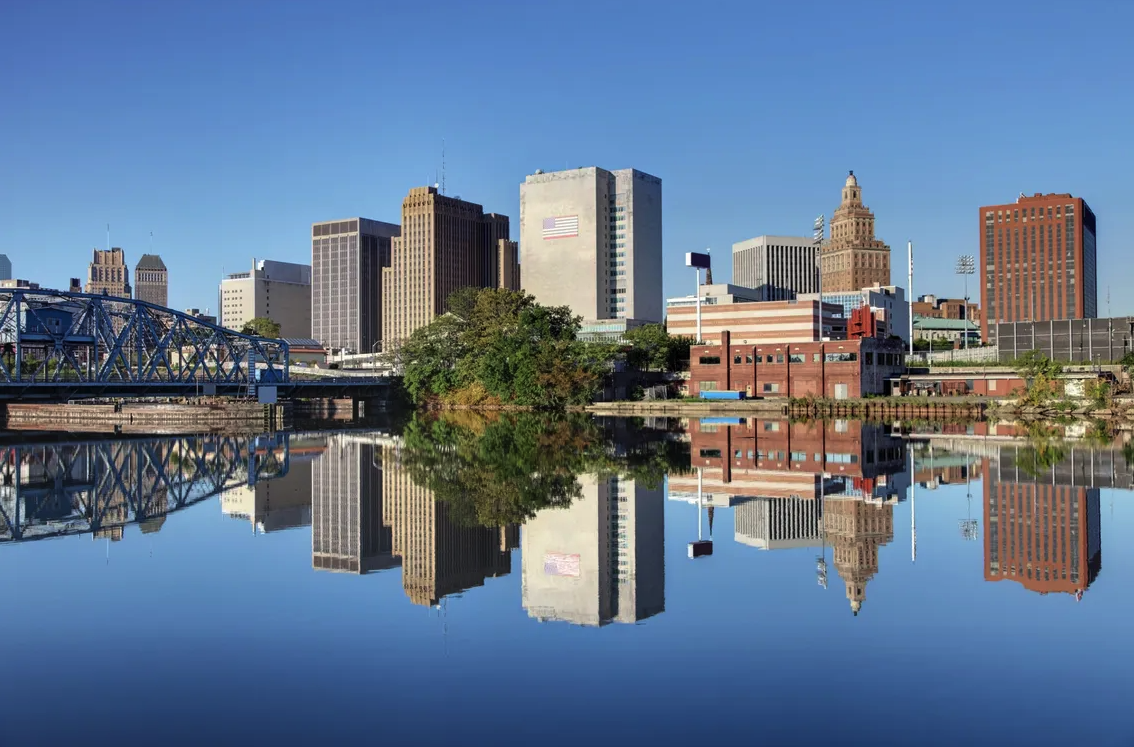The NJDEP provides initial screening information for the OBC, including identification of the environmental and public health stressors, the appropriate geographic point of comparison, any adverse environmental or public health stressors and whether the OBC is subject to adverse cumulative stressors.
New Steps Required for Major Source Permit Applications in Overburdened Areas
A new landmark Environmental Justice (EJ) law is now effective in New Jersey following a lengthy rulemaking process surrounding the New Jersey Department of Environmental Protection’s (NJDEP) Administration Order (AO) No. 2021-25. It is the first rule of its kind and the strongest EJ regulation in the nation.
The law strives to ensure the fair treatment and meaningful involvement of all people and recognizes that those living in overburdened communities (OBCs) have historically faced a disproportionately high number of environmental and public health stressors. Across the state, 338 municipalities have at least one Census block that meets the criteria of an OBC.
Applicants seeking to site new major source facilities, renew major source permits, or expand existing facilities with major source permits (e.g., Title V air permits) in OBCs may face significant new requirements as a result.
The new rules apply if three conditions are met:
- The proposed or existing facility is one of eight specific facility types;
- The applicant seeks one of 13 individual permit types under NJDEP regulations; and
- The facility is located or proposed to be located in an OBC.
There are more than 4.9 million people that live within an OBC in New Jersey. In total, 53 percent of New Jersey residents live in an OBC.
Significant Impact to New Jersey Development and Existing Facilities
Existing and planned major source permit holders in OBCs in New Jersey must take steps to address these new and multi-faceted EJ regulations to avoid business difficulties and manage public relations issues. This regulation has the potential to significantly impact project schedules for new projects or facility expansions. If the NJDEP concludes that there is an unavoidable disproportionate impact, it can deny an application for a new facility without a compelling public interest or apply additional controls for an expansion or permit renewal of an existing facility. Therefore, identifying EJ-related concerns during the planning and permitting phase is critical for a successful project and benefits both the business and the community.
New Primary Steps for Applicants
The EJ rule provides a roadmap of six primary steps that applicants must now follow:
The applicant proceeds with the development of the environmental justice impact statement (EJIS), including the proposing appropriate control measures to avoid or minimize contributions to environmental and public health stressors, provide a net environmental benefit, or, where appropriate, demonstrate how the project serves a compelling public interest in the OBC.
The EJIS includes the following information:
- Appropriate information related to the proposed or existing facility’s physical location;
- Federal, State, and local permits possessed or required for the facility;
- The initial screening information such as adverse environmental public health stressors and adverse cumulative stressors;
- Assessment of facility impacts to environmental and public health stressors;
- A public participation plan; and
- Demonstration, including any necessary operational conditions and control measures, that the facility would avoid a disproportionate impact.
The NJDEP will require a substantial amount of supplemental information for an affected facility subject to adverse cumulative stressors, which includes over 85% of OBCs, representing over 4 million people. The supplemental EJIS information includes items such as assessments of localized impact control technology; site contamination; climate and flooding impacts; traffic studies; air and ground water quality data; and more.
The applicant submits the EJIS, including necessary public notice documents, to the NJDEP for review to ensure administrative compliance.
Benefits of Early Public Participation
While NJDEP recognizes public participation as Step 4, applicants should begin public outreach early in the process. Applicants who take time to build relationships within the host community will be better prepared to address concerns that may arise throughout the process. By establishing routine points of engagement with willing community-based organizations and leaders in advance and independent of the EJ rules, facilities have the opportunity to build trust and understanding in the facility-community relations.
The applicant proceeds with the meaningful public participation process, including holding a public hearing in the OBC and responding to public comment. Upon completion of public process, the applicant would provide the EJIS and any supplemental information, testimony, written comments, the applicant’s response to comments, and any other relevant information to the Department for review and decision.
The NJDEP considers the EJIS and any supplemental information to determine whether the facility can avoid a disproportionate impact.
Where the facility can avoid a disproportionate impact, the NJDEP authorizes the applicant to proceed with any remaining permitting and would impose conditions necessary to ensure a disproportionate impact is avoided. Where the facility cannot avoid a disproportionate impact, the NJDEP denies an application for a new facility, unless it demonstrates it will serve a compelling public interest in the OBC. For new facilities that serve a compelling public interest in the OBC, expanded facilities, and major source renewals, the NJDEP would authorize the applicant to proceed with remaining permitting subject to appropriate permit conditions to address facility impacts to environmental and public health stressors.
Planning for Success: TRC Can Help
TRC is a full-service engineering design and environmental consulting firm that can develop and implement a holistic and effective management process to support EJ issues and policies. We guide our clients through the EJ outreach and permitting processes. Our team of experts provide leadership and solutions to comply with new regulations and provide ongoing operational flexibility while improving relationships with community stakeholders. Our integrated services include developing comprehensive public participation programs, modeling, monitoring, pollution control technology, economic analysis, engineering and compliance services to help our clients achieve their business objectives.
The TRC team is here to help with new or expanded major source pollution permit applications. We have assisted many businesses with EJ analyses and support services throughout the United States and is ready to provide EJ support to facilities in New Jersey. By identifying and addressing EJ-related concerns during the planning phase, a successful permitting process can be completed on schedule.
To learn more about how TRC can help you, contact one of our New Jersey-based Environmental Justice Experts Darin Ometz at dometz@trccompanies.com or Kendall St. Ange at kstange@trccompanies.com; or our national director of Environmental Justice services Diane Reilly at dreilly@trccompanies.com.





